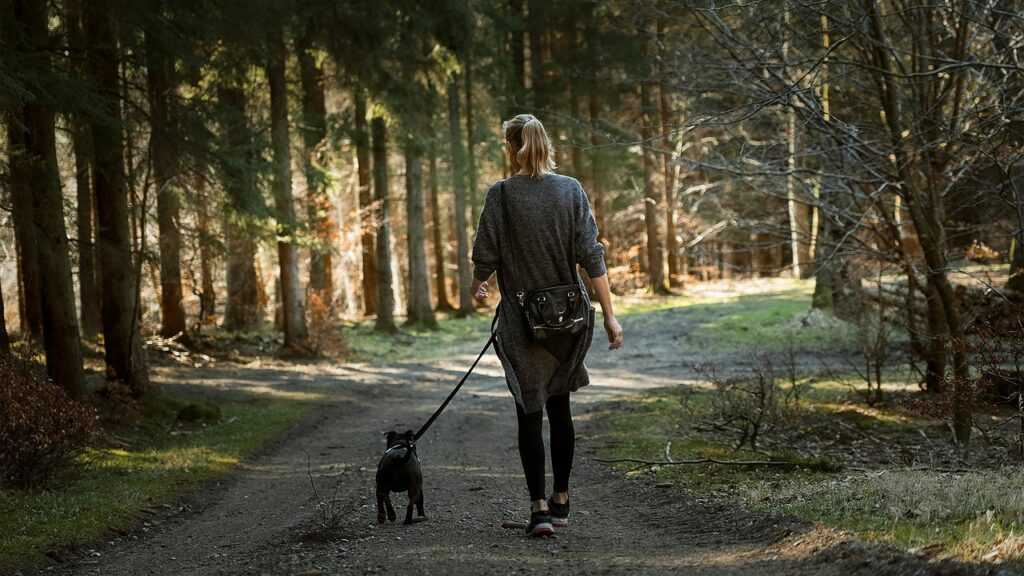Walking your dog should be one of the most enjoyable parts of your day — but if your pup is easily spooked, it can quickly turn stressful. Unexpected noises, unfamiliar people, or even a rustling bush can send an anxious dog into panic mode. That’s why choosing the right equipment matters just as much as where you walk. A well-fitted dog harness can provide better control and security than a standard collar, helping to prevent escapes if your dog gets frightened and tries to bolt. With a few adjustments to your routine and the right approach, even nervous dogs can learn to feel safer and more confident on walks.
Here’s how to help your dog feel more secure while out and about.
Understand What Triggers Your Dog
Before you can make any meaningful changes, it helps to pay attention to what’s actually scaring your dog. Is it passing traffic, barking dogs, unexpected sounds, or something else entirely? Keep note of what sets them off so you can be better prepared.
Try walking at quieter times of day, avoiding construction zones or crowded streets, or taking less stimulating routes. The fewer unknowns your dog encounters, the calmer they’re likely to be.
Use the Right Gear for Control and Comfort
Collars alone aren’t ideal for dogs who spook easily — a sudden jolt can hurt their neck and they may slip free if they panic. A secure harness distributes pressure more evenly across the chest and shoulders and gives you greater control if you need to guide or hold your dog.
Look for features like strong buckles, reflective material for evening walks, and a front attachment point to discourage pulling. A back handle can also be useful in high-stress moments.
Start Slow and Build Confidence
If your dog is particularly nervous, short and frequent walks can help build their confidence over time. Stick close to home at first and reward calm behaviour with treats or praise. As your dog grows more comfortable, gradually increase the distance and introduce new environments at their pace.
Avoid forcing your dog into stressful situations — it’s better to take baby steps and end on a positive note than to push too far and set back progress.
Distraction Techniques That Actually Work
Sometimes, you can redirect your dog’s attention before a trigger becomes overwhelming. Carry a few high-value treats (like chicken or cheese) and use them to reward your dog when they stay calm around something that would normally cause stress.
You can also bring a favourite toy or encourage your dog to focus on a simple command like “watch me” or “heel.” The goal is to break the cycle of panic before it fully kicks in.
When to Consider Professional Help
If your dog’s anxiety is intense or not improving with time, it might be worth getting help from a professional trainer or behaviourist. Look for someone who uses positive reinforcement techniques and has experience with fearful or reactive dogs.
You might also check with your vet — they can rule out medical issues or recommend calming supplements or other support options if needed.
Simple Habits That Make a Big Difference
Here are a few small changes that can help reduce anxiety over time:
- Stick to a routine so your dog knows what to expect
- Avoid overcrowded dog parks or high-traffic areas
- Talk to your dog in a calm, upbeat tone during walks
- Let them sniff — it’s mentally enriching and reduces stress
- Celebrate even small wins (like staying calm near a noisy bin truck)
Helping a nervous dog doesn’t mean giving up on walks altogether. It just means being a bit more thoughtful about how you approach them. With the right tools, a bit of patience, and consistent effort, you can turn walks into something your dog actually looks forward to — not just something to get through.

